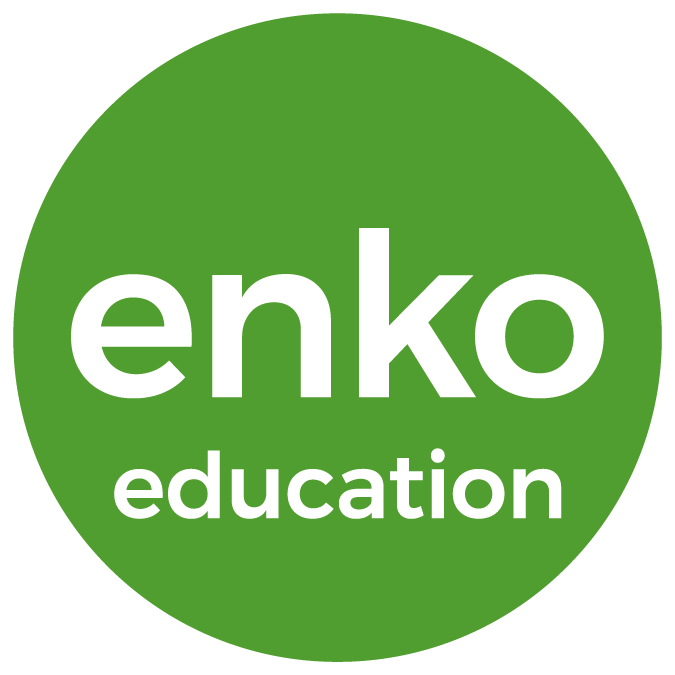School for frugal innovation
MANY MBA students dream of striking it rich. Stacey Brewer dreamed of reforming education. Ms Brewer worried that South Africa’s education system was perpetuating racial divisions with its combination of substandard public schools for the black majority and elite private schools for a mainly white minority. So in her MBA thesis for GIBS Business School in Johannesburg, in 2011, she produced a blueprint for a chain of private schools that would use standard business methods (such as economies of scale and technological innovation) to provide cut-price private education for the masses. The chain, SPARK, now operates four schools and will open another four in 2016.
Everything about SPARK Bramley, in a mixed district of Johannesburg, bespeaks aspiration. The pupils are racially diverse—about 80% are black and the rest are white or “coloured”, to use the ugly local term for mixed-race—but they are all in smart uniforms. The school has some of the flavour of a conventional private school with its emphasis on character and discipline. But it also uses lots of unorthodox methods such as chants and dancing. The pupils start each day by reciting a creed that includes the phrase, “I am a SPARK scholar and I am going to university.”
SPARK is determined to provide private education for less than the 18,000 rand ($1,200) a year that it costs to educate a state-school student. The schools specialise in “blended learning”: pupils spend some time in conventional classes and some time in a computer room where they complete lessons on the screen. The schools save money by renting their premises, centralising their administration, getting parents to help with maintenance and paying their teachers less than in state schools.
Ms Brewer and her business partner, Ryan Harrison, a fellow GIBS graduate, have scoured the world for ideas. They modelled SPARK on California’s Rocketship Schools, a chain of charter schools. They will measure SPARK students’ progress against the best in the world—British students in English and Singaporeans in mathematics. They believe that modern technology will allow them to scale up much faster than used to be possible in education: teachers can share materials over the internet and supporters can build the school’s brand via social networks.
South Africa has seen a dramatic increase in the number of low-cost private schools since the end of apartheid, says Ann Bernstein of the Centre for Development and Enterprise, a think-tank. The country spends a generous 6.2% of GDP on state education. But results are dismal: for every 100 students who started school in 2003 for example, 48 took the school-leaving examination (“matric”), 36 passed and 14 went on to higher education. A big reason for this is that education is an accountability void. The country’s state-school teachers are among the world’s best paid in terms of purchasing-power parity, according to the National Planning Commission. But the combination of high starting salaries and powerful unions means that it is impossible to reward them if they do well or sack them if they fail. “You do whatever you want and you still get paid,” says one teacher, who asked not to be identified. “Sometimes you die and you still get paid.”
Many of the earliest low-cost private schools were “pop-ups” that made use of abandoned factories, disused apartment blocks and the like. But today a handful of school chains are bringing capital and sophistication to bear. They come in three forms. The first group are those listed on stockmarkets, such as AdvTech and Curro. AdvTech now operates in the high-fee market but wants to expand into low-fee schools in much the same way that hotel chains expand into the budget market. Curro was only started in 2011 but already has 42 schools. The second group consists of unlisted for-profit schools such as SPARK and outfits like them. The third and biggest group consists of not-for-profit schools, known as independent schools, that charge fees but also get money from the government. Many of these chains have been operating under the radar for years: BASA Educational Institute Trust was founded by a group of black entrepreneurs in 1993 but they have recently attracted funding for expansion from banks such as Old Mutual and from the government employees’ pension fund.
Beyond just staying alive
Not everyone is impressed with all this talk of “scaling up” and “leveraging technology”. Helenne Ulster has been teaching in the United Church School, an independent school, for two decades. The school is in Yeoville, a much tougher district than the one SPARK Bramley is based in. Pupils have to pass through two sets of iron gates to enter; outside them, pedlars sell “dagga” (cannabis). More than half the children are immigrants from neighbouring African countries. The school’s social worker frequently discovers signs of beating and sexual abuse. Ms Ulster is amused by talk of the magic of technology: even if the school could afford iPads, she says, they would be stolen in a flash if they left the premises. She doesn’t think there are enough charismatic heads or motivated teachers to create successful chains of schools: “Staying alive is hard enough.”
Such scepticism is salutary given the customary hyperbole surrounding educational initiatives. But private schooling in South Africa has lots of room to grow. It is much less developed than in India, where 40% of urban pupils go to private schools, or Punjab, Pakistan, where the state provides vouchers that can be spent in public or private schools. Private schools can add to the capacity of a state-education system that is bursting at the seams: between 2000 and 2010 the number of state schools in South Africa fell by 9% while the number of independent schools grew by 44% (from a much lower base). They can also act as laboratories for new ideas: BASA schools use technology in classrooms even though some are in areas as tough as Yeoville. But the most important thing that schools like SPARK can do is nurture aspiration in more South African children than the offspring of the elite.
11/12/2015
Source: The Economist



